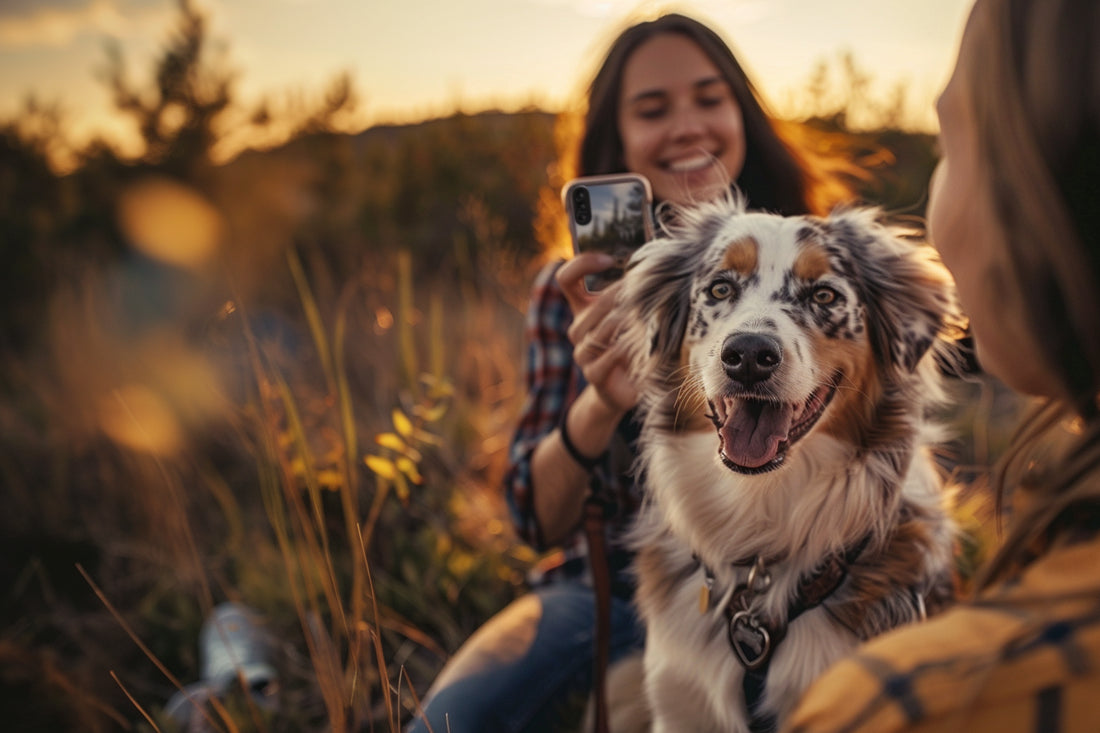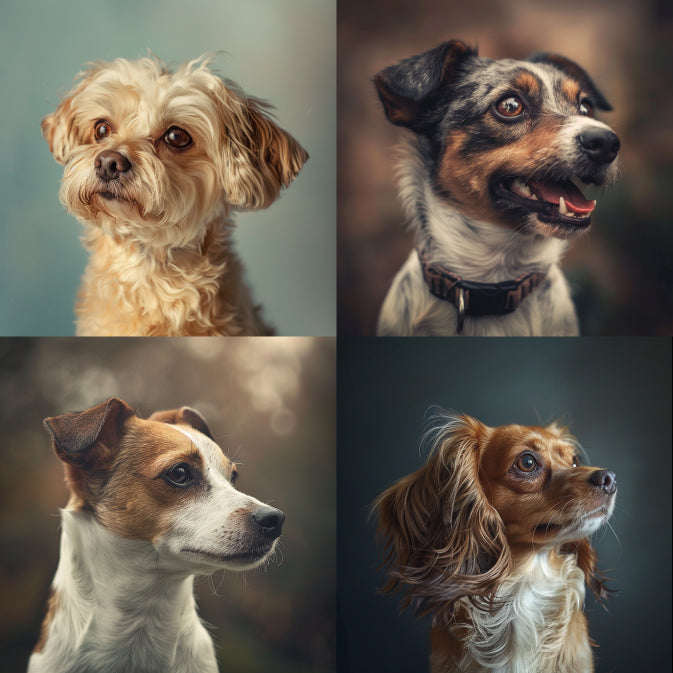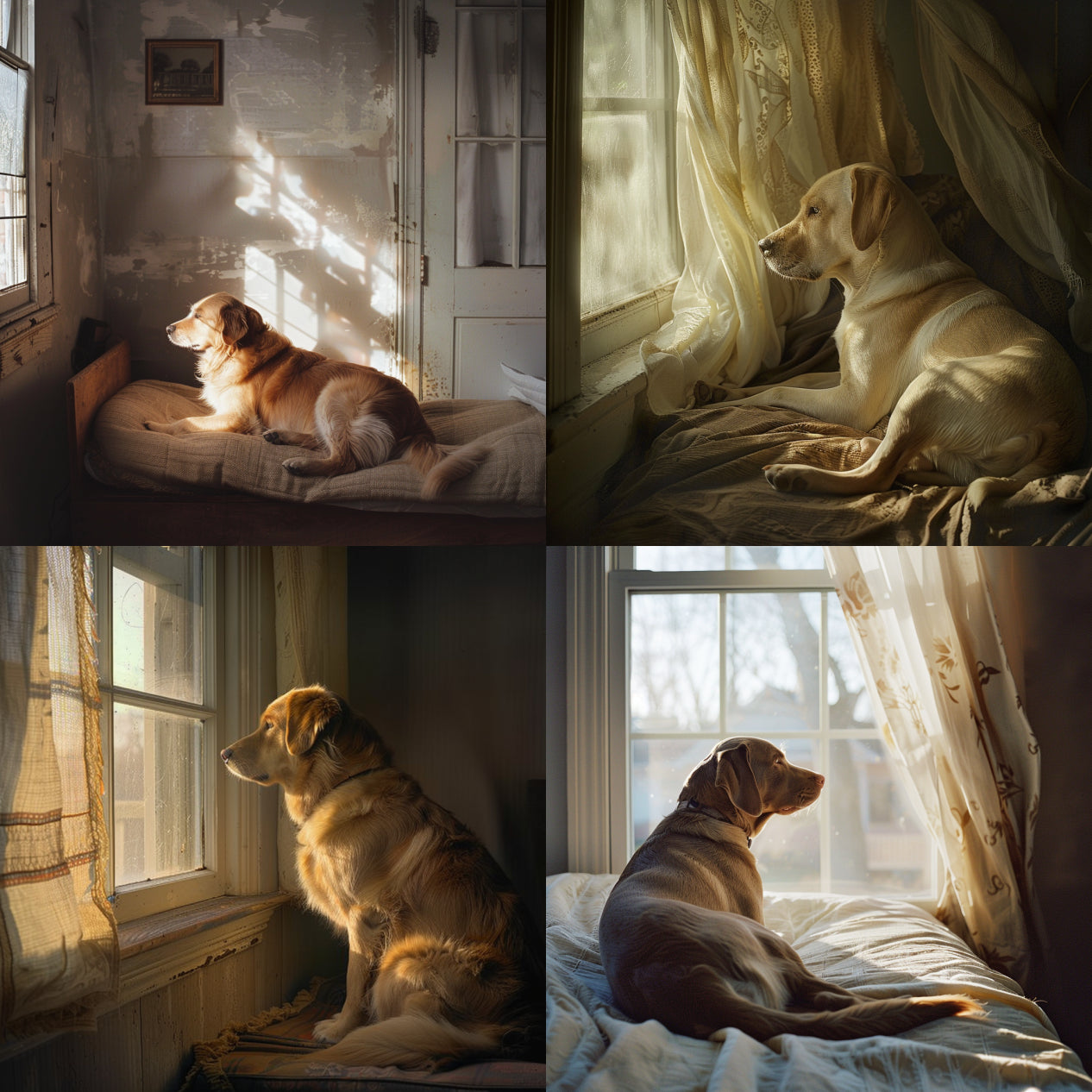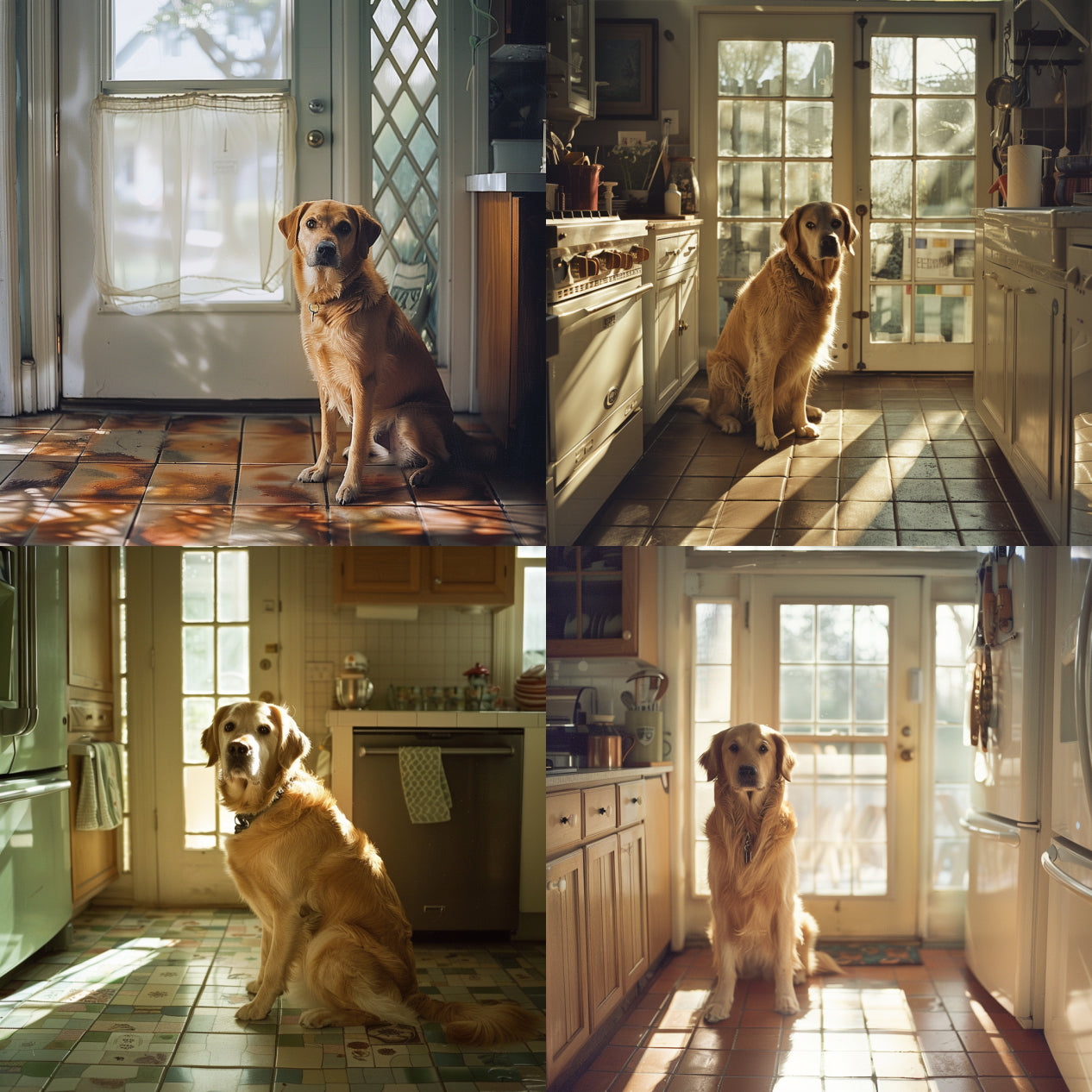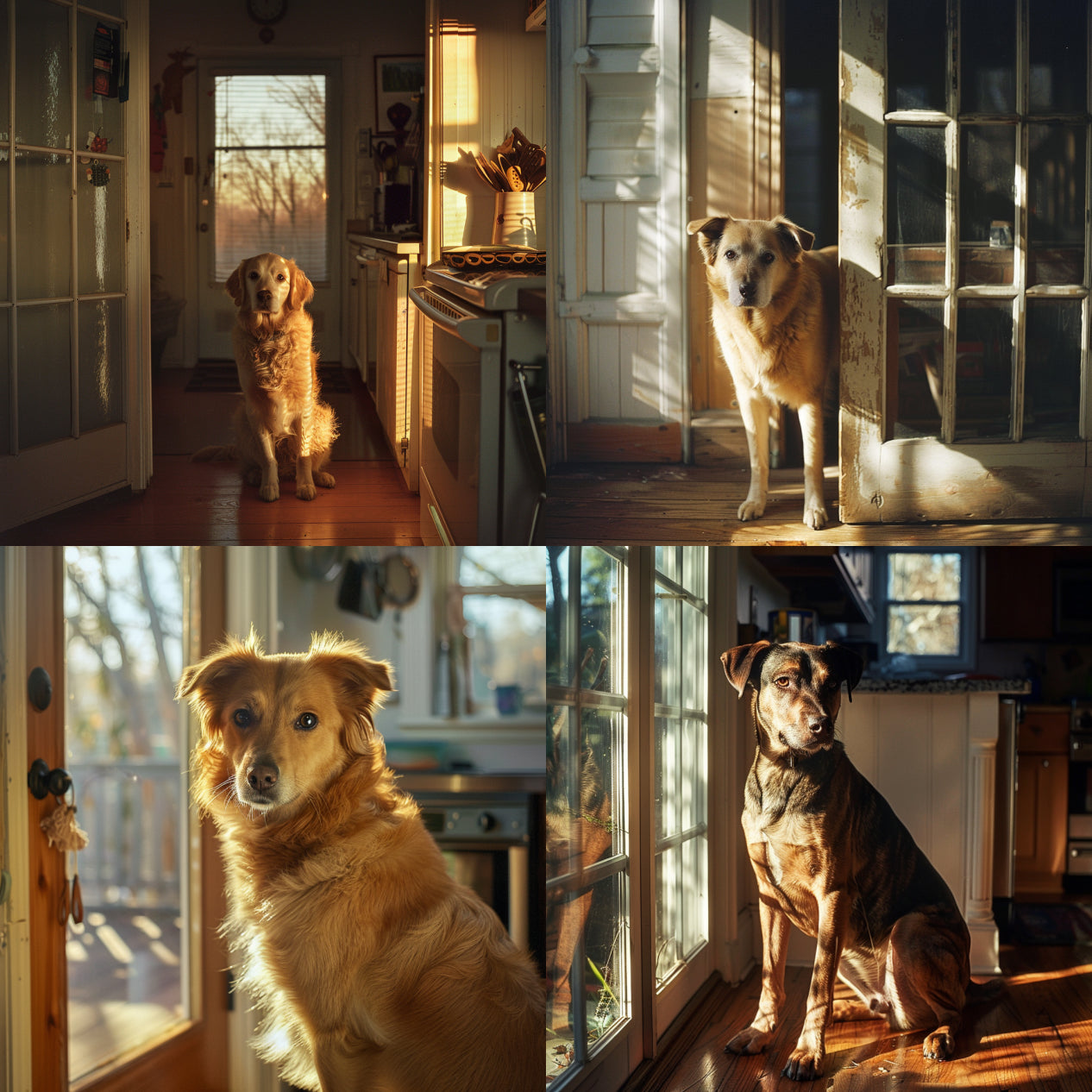Creating a portrait of your pet can be a beautiful way to capture their personality and preserve memories of them for years to come. One of the most important steps in creating a pet portrait is having a good reference photo.
Here are some tips for taking a great photo of your pet to use as a reference:
Get down to their level:
Take the photo from your pet's eye level, rather than looking down on them. This will create a more engaging and natural portrait.
Use natural light: Whenever possible, take the photo in natural light. Avoid using flash as it can create harsh shadows and distort the colors of your pet's fur.
Focus on the eyes:
The eyes are often the most expressive part of a pet's face. Make sure they are in focus and clear.
Capture their personality:
Try to capture your pet's unique personality and character in the photo. This could mean waiting for them to do something that they love, such as playing with a toy or snuggling up with their favorite blanket.
Keep it simple:
A cluttered background can be distracting and take away from your pet's portrait. Keep the background simple and free of any unnecessary items.
Take multiple photos:
Take a variety of photos from different angles and positions to give yourself plenty of options to choose from.
Consider the composition:
Think about the composition of the photo, such as the placement of your pet within the frame and any lines or shapes that may enhance the image.
Upload High Resolution Photos:
Once you have your photo, make sure to send it to your artist in the highest resolution possible. This will allow the artist to create a detailed and accurate portrait of your pet. Check out this post on how to ensure you're uploading the a high resoultion or full sized image to your order.
Remember that a great reference photo is the foundation of a beautiful pet portrait, so take your time and capture your pet's unique personality in the best way possible.

